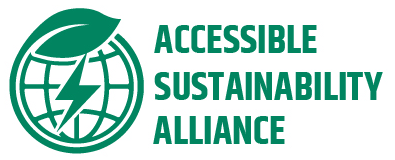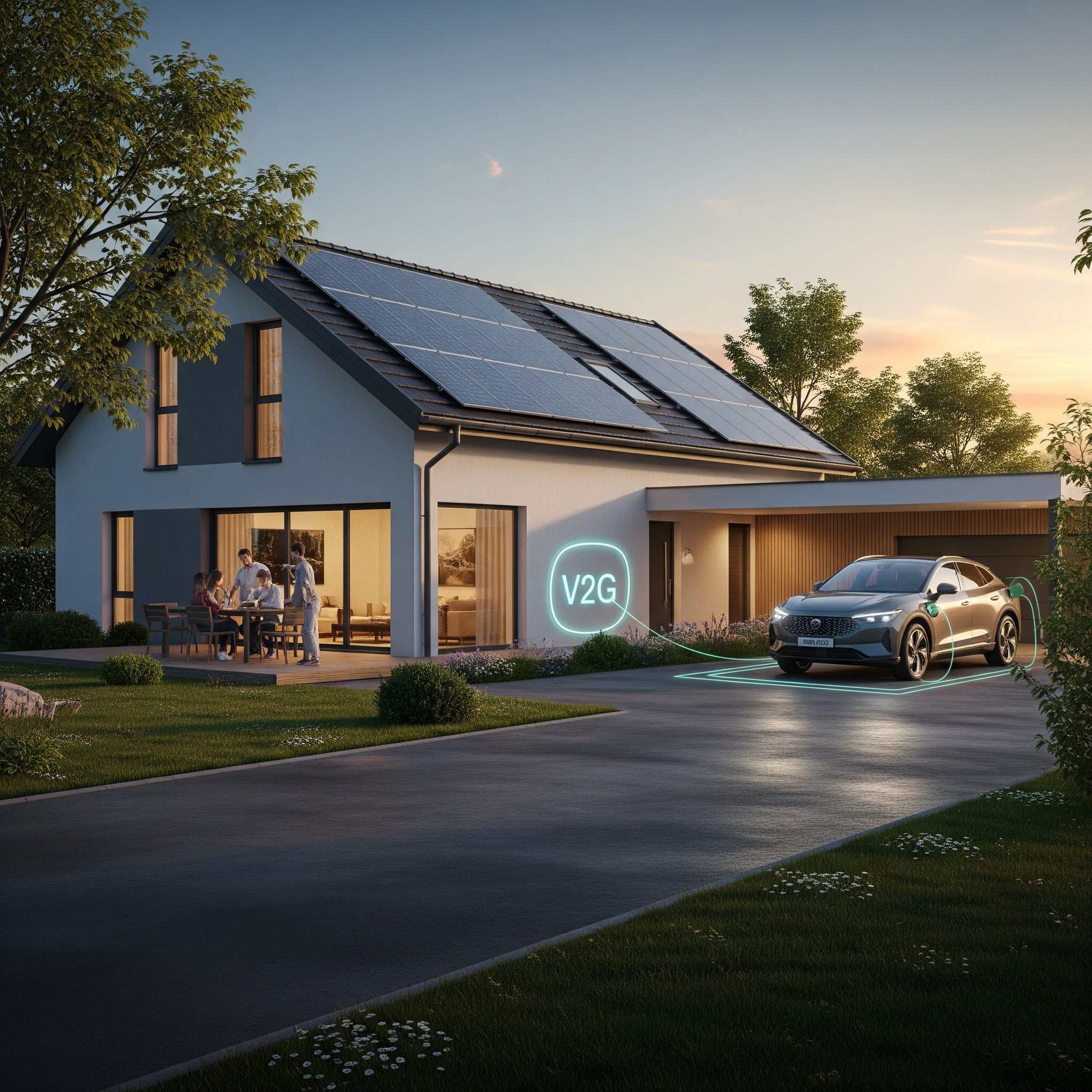In a world where over 2 billion people face water scarcity, atmospheric Water Generators (AWGs) emerge as a beacon of hope, harnessing air’s humidity to produce clean water. When paired with solar energy, this technology offers a sustainable path to water security for homes worldwide.
We explored how AWGs work, their benefits, and are sharing how solar integration is key to their eco-friendly potential.
What Are Atmospheric Water Generators?
AWGs extract moisture from the air through condensation, similar to how dew forms. Air is drawn into the unit, cooled to its dew point, and the resulting condensation is filtered and mineralized, producing potable water. This process transforms humidity into a renewable water source, ideal for regions lacking traditional water infrastructure.
Benefits of AWGs
- Sustainable Water Source: AWGs tap into atmospheric humidity, an inexhaustible resource in many areas, reducing reliance on groundwater or bottled water.
- Environmental Impact: By minimizing plastic bottle use, AWGs cut down on pollution and carbon emissions from plastic production and transportation.
- Healthier Water: Advanced filtration in AWGs removes contaminants, offering cleaner water than many municipal or natural sources.
- Independence: Homes can operate off-grid, crucial for remote communities or areas with unreliable water access.
Energy Footprint: A Critical Consideration
To date, AWGs require significant energy, primarily for cooling. Traditional units relying on fossil fuels offset environmental benefits. For example, producing 5 gallons daily can consume 2–3 kWh—comparable to running a refrigerator. However, energy efficiency varies by model and climate.
Solar-Powered AWGs: A Game-Changer
Pairing AWGs with solar panels addresses energy concerns:
- Renewable Synergy: Solar power offsets electricity use, making AWGs carbon-neutral. Excess energy can be stored in batteries for nighttime or low-sun periods.
- Cost Efficiency: Solar technology’s declining costs and incentives (e.g., tax credits) enhance affordability.
- Global Reach: Solar AWGs empower off-grid communities, from arid regions to disaster-stricken areas, ensuring water access without infrastructure.
Regardless though, there are still a few challenges that are more climate related than technical limitations.
Challenges and Considerations
- Humidity Dependency: AWGs perform best in areas with >30% humidity. Hybrid systems (e.g., combining rainwater harvesting) can bridge gaps in arid zones.
- Initial Investment: High upfront costs for AWGs and solar panels may deter some, though long-term savings on water bills and health costs justify the expense.
- Maintenance: Regular filter changes and panel cleaning are essential for optimal performance.
Solar-powered AWGs represent a transformative step toward universal water access. While challenges like climate dependency and costs exist, technological advancements and renewable energy integration are overcoming these barriers. By adopting AWGs, homeowners can champion sustainability, health, and independence.
Call to Action
Explore solar-powered AWGs for your home or community. Advocate for policies supporting renewable water solutions. Together, we can turn air into a lifeline, ensuring clean water for all.
Keywords: Atmospheric water generator, solar-powered AWG, clean water solutions, sustainable living, renewable energy water.
We at the accessible sustainability alliance are testing out AWGs that are currently in the marketplace and have found that the pricing is starting to drop and we believe this vision of water sustainability isn’t a distant dream—it’s within reach, one drop at a time.




